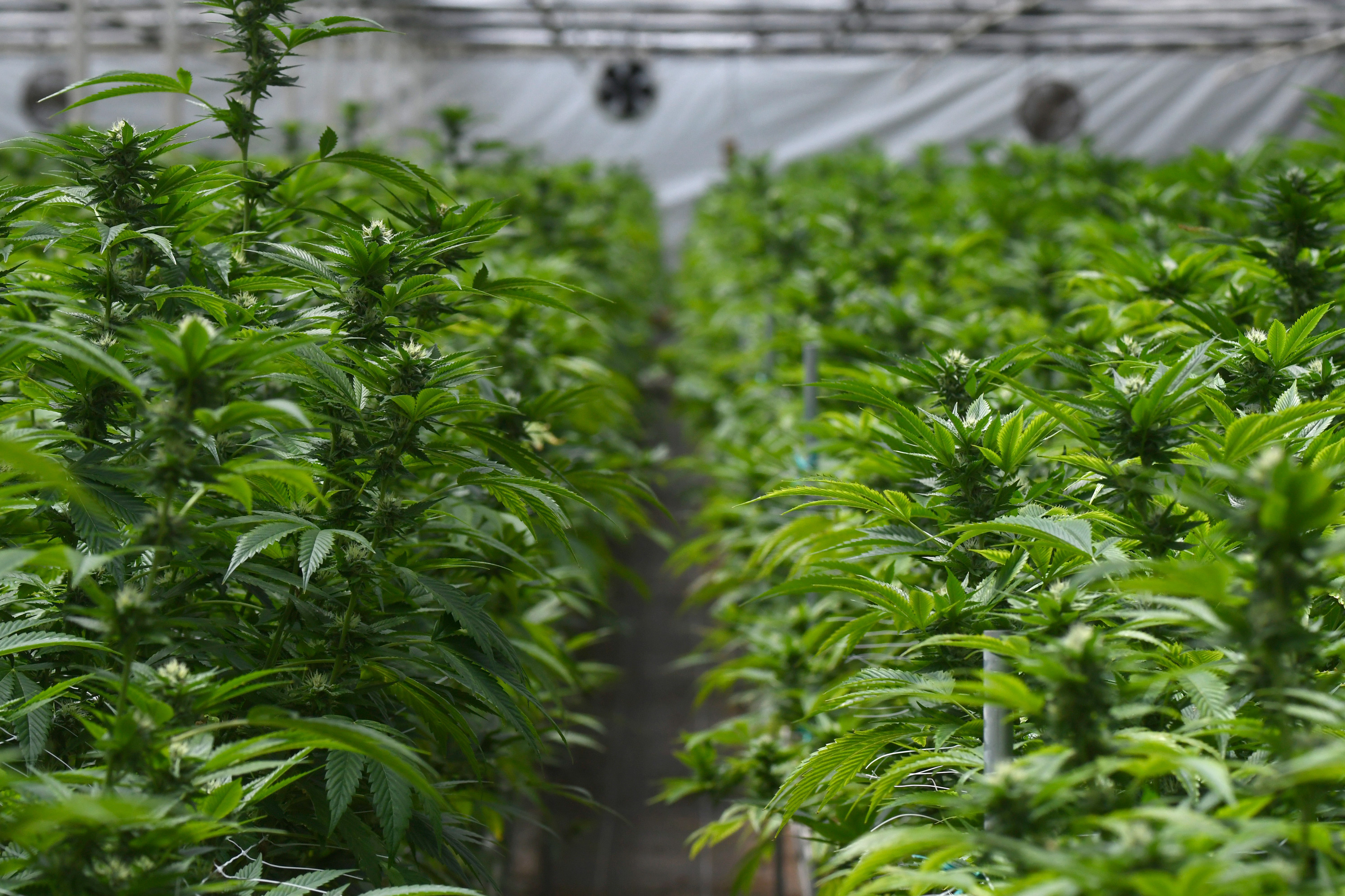Days Away from Legalization, Pot Shops Are Not Opening Soon
Feuds in Carpinteria and Lompoc Erupt over Coming Pot Laws

Just days before recreational cannabis sales are legal in California on January 1, retail pot shops on the Central Coast are not expected to open anytime soon. And there is considerable disagreement among city and county lawmakers about how to regulate pot.
The Carpinteria City Council voted unanimously to send a letter to state regulators opposing the County of Santa Barbara’s decision to draft letters of authorization so medical marijuana operators can stay open under January’s new state laws. The decision by county supervisors two weeks ago, on a 4-1 vote, allows existing medical marijuana collectives to apply for temporary state permits. These cannabis growers breathed a sigh of relief. They said they would otherwise have had to shut down their businesses, many of which employ dozens of people.
But at a special meeting held Wednesday, Carpinteria city councilmembers took issue with the fact the county does not know which existing cannabis operations are in fact legal. In January 2016, the county supervisors adopted a ban on new cannabis businesses; existing operations were permitted. County officials admit they did not keep records at the time about which operations already existed.
“The City Council is seriously concerned that the County’s willingness to issue these letters without any evidence supporting a legal non-conforming determination will lead to the legitimization of existing illegal operations,” the letter reads. “A number of these operations may not be legal under the County’s Zoning Ordinance.” The Carpinteria city attorney speculated at the meeting that the county supervisors voted to create the letters of authorization because they feared that if they did nothing, the legal pot growers might sue them.
What’s more, a lot of pot is growing in greenhouses just outside of the City of Carpinteria. “City residents have been experiencing negative impacts from these operations, most acutely in the form of noxious odors emanating from growing operations,” the letter continued.
Carpinteria Mayor Fred Shaw sent his own letter to county officials two weeks ago, challenging the county’s Environmental Impact Report (EIR) that was recently finalized. Seemingly borrowing a page from environmental attorneys, Shaw wrote that the EIR fails to fully analyze or “attempt to quantify” regional impacts.
According to self-reported data compiled by the county, there are 52 operators growing on 200 acres in the Carpinteria Valley. The City of Carpinteria launched an online survey to ask residents what the city should do about the many types of cannabis businesses, from cultivation to retail.
Meanwhile, in the City of Lompoc, anti-pot residents filed a petition for a referendum on the city’s adopted cannabis ordinance of December 7. The Lompoc ordinance was by far the most permissible, allowing an unlimited number of retail shops. It is currently suspended.
If the opponents gather enough valid signatures — 1,626 — within 30 days, Lompoc’s City Council could repeal the ordinance or place it on the November 2018 ballot for voters to approve or reject.


